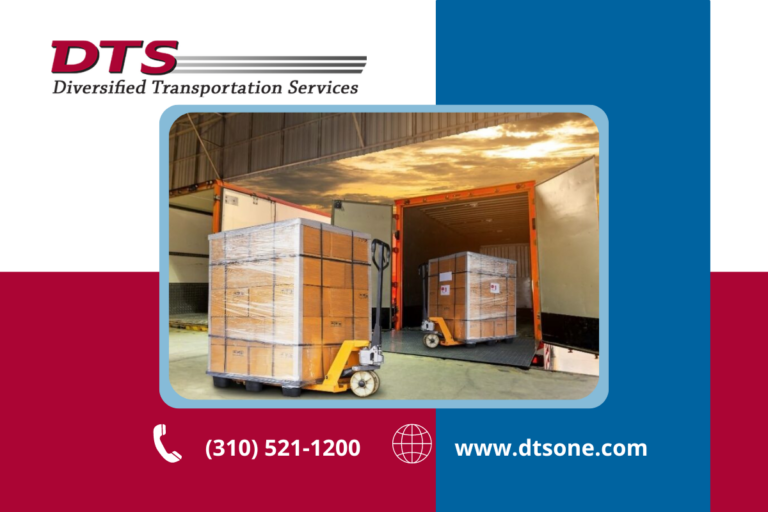
When shipping freight, having the correct documentation is essential, and the Bill of Lading is a key document that shippers need to understand.
The Bill of Lading (BOL) is a legal document that lists key details about a shipment, such as the shipper’s name, special handling instructions, and cargo weight.
Why is a BOL so important, and what different types are available? In this guide, we’ll explain all you need to know about the role of the Bill of Lading in shipping.
A Bill of Lading is a legal document issued by carriers to acknowledge receipt of any cargo being shipped. It lists the specific conditions under which the shipment has been made and key details about the goods.
A BOL functions as:
Carriers typically issue the shipping Bill of Lading, but it may also be supplied by the shipper or third-party logistics provider (3PL), depending on the shipping arrangement.
With a Bill of Lading for trucking, whether full truckload (FTL) or less than truckload (LTL), the document is used in the following way:
The format of Bill of Lading documents can vary, but most include the following information:
Shippers should carefully check their BOL for accurate information to ensure the shipment is handled and stored properly in transit.
There are multiple types of Bill of Lading forms, and choosing the right one for a shipment depends on three factors:
Here are the four main BOL types you’re likely to see:
Understanding the different types of shipping Bill of Lading will help you use the right one when sending freight anywhere in the world.
The Bill of Lading is one of the most important documents in the freight shipping process. This is particularly true in trucking, as it functions as a key source of truth from pickup to delivery.
Here are just a few reasons why the Bill of Lading matters so much.
The BOL is a signed receipt that confirms the carrier received the correct freight in good condition. When the shipment arrives, the consignee signs to verify delivery. This chain of custody is crucial for recordkeeping and accountability.
If cargo becomes damaged or goes missing during transit, the shipping Bill of Lading is the main document used to file a freight claim. It can help you determine when and where a problem occurred.
Carriers and drivers depend on the trucking Bill of Lading for key details. These include:
With this information at hand, carriers can classify and handle freight properly. This reduces the risk of reclassification fees and shipping delays.
If a BOL is missing or incorrect, it may prevent the carrier from collecting or delivering cargo. Crucially, a BOL is a legal document — mistakes could cause disputes between shippers, carriers, and customers.
The trucking Bill of Lading is a key component of successful FTL and LTL shipping. It ensures smooth communication between shippers, carriers, and receivers, as it specifies the party responsible for freight at each stage of its journey.
Ultimately, the BOL keeps everyone involved in the shipping process on the same page. Freight can’t legally be transported without a Bill of Lading, and issues (e.g., misdelivery, claims, fines) also become much more difficult to resolve.
The Bill of Lading is critical for shipping goods legally and efficiently, but it can be difficult for busy teams to manage independently.
DTS will help you understand the BOL and other essential documentation, making your freight shipping easier than ever. To learn more, get in touch today.
Whether you're a company looking to improve one facet of your supply chain, your entire supply chain, or simply looking for a transportation and logistics consultation, we can help.